Tapco HomeDry Dry Rot Treatment Sussex
We are long term members of Trust Mark and a member of the BWA. CHAS accredited contractor. In addition, all of our surveyors are trained to the high standards of the PCA (Property Care Association).

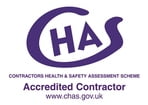
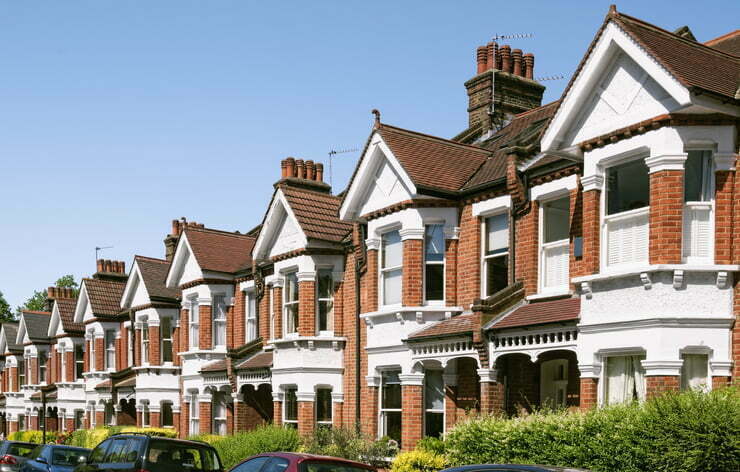
Dry Rot Specialist In Sussex
Concerned about dry rot in your Sussex home? The damp-proofing experts at Tapco Homedry can help put your mind at ease. We can help to identify, treat and restore wood affected by dry rot fungus.
Signs of dry rot in your home
The different stages of dry rot growth and decay are all unique, so the signs could be different depending on how advanced the issue has become. Wood that has already been affected by dry rot will be darker than surrounding wood. It will also have telltale cuboidal cracking which causes it to become brittle and weak. Fungus growth will start out pure white and furry but will soon turn rusty brown as the fungus spreads its spores. If you can’t see it, you might be able to smell the musty and damp odour.
What is dry rot?
Dry rot is the name given to the damage caused by the fungus Serpula lacrymans. This is typically found in woodland areas where it plays an important role in breaking down fallen trees on the forest floor. Unfortunately, it may also make its way into your home where it can cause widespread damage to timber frames and wooden fixtures.
In the early stages of growth, this fungus has a furry and white appearance. The fruiting body produces rusty orange spores that allow it to spread even further to suitable wood. As the name suggests, dry rot will leave behind dried-out wood that is very fragile and brittle.
The role of this particular fungus is to dry out the wood, but it actually needs some moisture to be able to thrive. It is commonly found in older homes with timber frames but it can also impact things like floorboards, joists, door frames and doors.
Once the wood has become damp, dry rot can quickly spread throughout your home. This is why it is important to be aware of the signs and act quickly at the first indication of a dry rot problem.
How is dry rot treated?
Treatment starts by identifying why the area has become damp and eradicating the source of this moisture. Without this important step, there is a good chance the dry rot will return.
Next, we treat the wood with a fungicidal agent to help stop the spread. Finally, we will replace and restore damaged wood with pre-treated timber. This will help to restore the structural integrity of the property while also preventing any further spread.
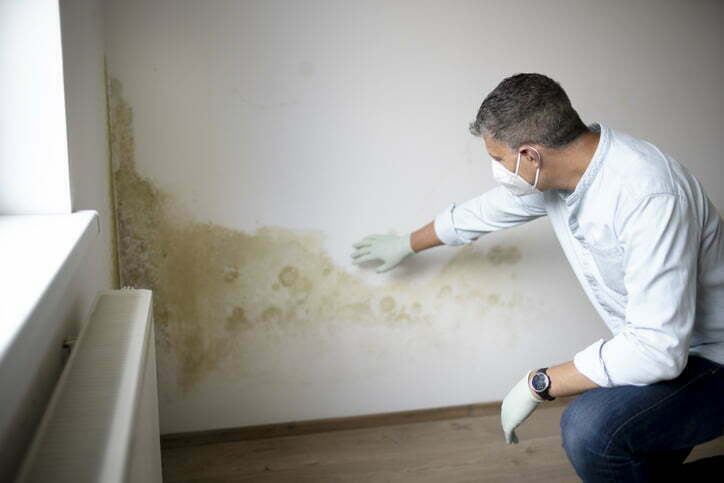
Dry rot experts in Sussex
If you are worried about the risk of dry rot attacking the structure of your home, we can help to put your mind at ease. We’re the experts in dry rot in Sussex and the surrounding areas. To arrange a dry rot survey and treatment with our professional and courteous team, get in touch today. We’ll make sure you’re informed every step of the way so you can make the right choice for your home.
How to tell the difference between wet rot and dry rot
While they might sound similar, dry rot and wet rot are actually caused by two different types of fungus. They need very different conditions to thrive, with moisture levels playing an important role. Wet rot needs high moisture levels of around 50% while dry rot needs moisture levels of around 20%.
You don’t need to know if you have dry rot or wet rot in your home to book a survey. If you suspect you have an issue in your home, it’s a good idea to call a professional as both types of rot can spread quickly once they take hold. They are also both very damaging.


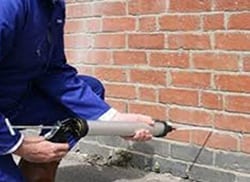 Damp Proofing
Damp Proofing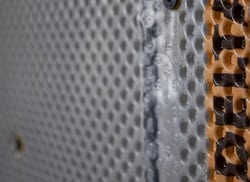 Basement Damp Proofing
Basement Damp Proofing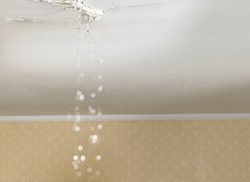 Water Damage
Water Damage Condensation Control
Condensation Control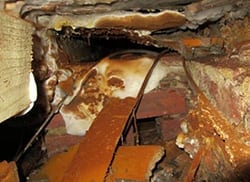 Dry Rot Treatment
Dry Rot Treatment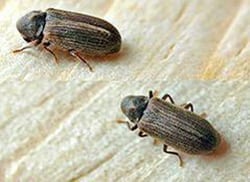 WOODWORM & WET ROT
WOODWORM & WET ROT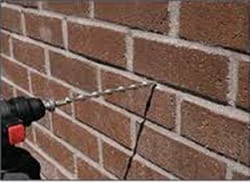 CAVITY Wall Ties
CAVITY Wall Ties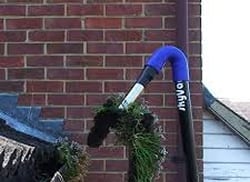 Property Maintenance
Property Maintenance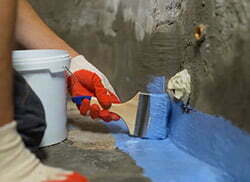 Waterproofing And Tanking
Waterproofing And Tanking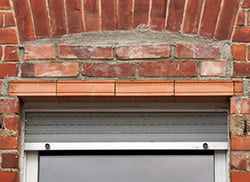 Structural Repairs
Structural Repairs
